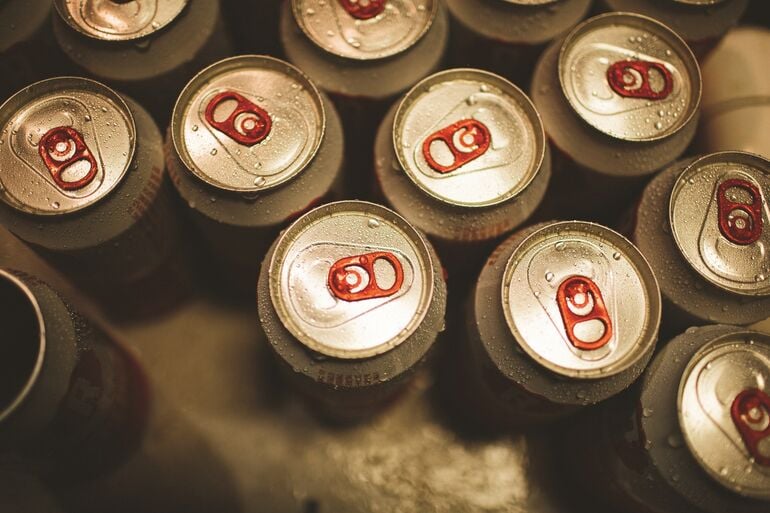Start 14-Day Trial Subscription
*No credit card required
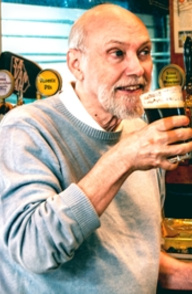
2020 Trends in Craft
Have you tried Hazy Little Thing from Sierra Nevada? Perhaps you’ve dipped into the new, health-conscious Slightly Mighty by Dogfish Head, or maybe tossed back a Jai Alai IPA from Cigar City.
If so, you’ve joined almost every current trend in consumption of IPAs, a style that continues to lead off-premises packaged sales by a wide margin as measured by IRI Worldwide, a market research firm that tracks category-wide sales trends of beer sold in numerous retail outlets and then produces a monthly report of its findings. The market has shifted its collective tongue when it comes to IPA, one that favors softer-on-the-palate, juicy IPAs where the old lines of distinction between malts and hops are less prominent.
Introduced from its bayside residence in Tampa at Cigar City Brewing, the jazzily named Jai Alai is another growth leader. An early response to the juicy craze, albeit with bitterness still in play, it has been penetrating new markets faster than a pelota hurled from a cesta. For those not familiar with its parlance, Jai Alai is a high-speed betting game imported from the Basque country and loved by generations of Florida tourists. CANarchy, the private equity-driven team that bet on a collective approach to craft brewing and counts Oskar Blues, Three Weavers, Deep Ellum, Perrin and Wasatch & Squatters in its portfolio, has scored biggest with the popularity of Jai Alai by making Cigar City beers available in widespread markets following acquisition.
The jump in Jai Alai sales underscores how the current “hazy, juicy craze” continues to drive innovation in the IPA category that enjoys nearly 40 percent of overall packaged retail sales by craft brewers in the U.S., according to IRI. Those statistics, of course, include all craft brands and not only the tighter box drawn by the Brewers Association that eliminates brands with more than 25 percent ownership by a macro brewer.
At this year’s annual migration to Denver known as the Great American Beer Festival, there was an undercurrent of disquiet, underscored by a lack of ticket sellouts the first two nights. It was as if the trend to juicy, hazy beers has brewers preoccupied about how to deal with it at the packaged, retail level. Joining the trend would require lots of research and risk due to the less-than-stable nature of the style. Waiting for the trend to end might take a long time. And, if it ends, where will beer sales, which are closer to flat these days, go? Which way is this train headed?
Currently, there are three associated trends in the regional or super-regional craft arenas in response to the IPA trend at the local level in tasting rooms, where brewers are less concerned about packaging and shelf life.
One established trend is the “change in place” offered by Stone Brewing, which took its flagship IPA to a more citrusy profile by changing the hops in the dry hopping in 2016 (which has not led to new growth). Others may take this same approach more subtly and without necessarily announcing it. Another methodology as demonstrated by Jai Alai and Hopsecutioner, a classic bitter IPA from Terrapin (owned by Molson Coors) concerns introducing an established IPA into new markets. This approach also includes Space Dust IPA from AB InBev’s Elysian brand. These IPAs all continue to show growth in the IRI numbers due to an expanded distribution footprint.
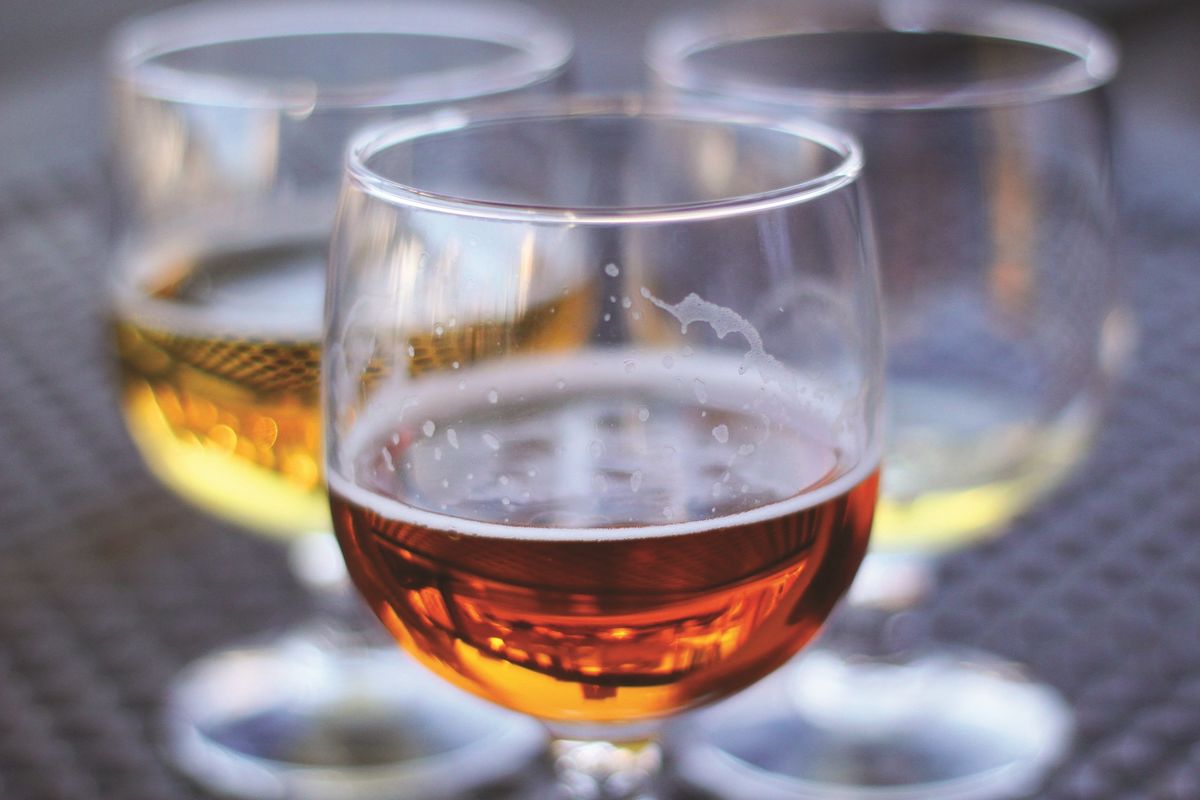
There are three associated trends in the regional or super-regional craft arenas in response to the IPA trend at the local level: altering a popular beer to meet the market's desires, moving out of the beer business or severely cutting back before hard times force a company out.
The remaining trend among volume craft brewers is using brand power to hitch a new line to the juicy, hazy train. On that front, witness the efforts by Sierra Nevada and New Belgium. Leading the way is the former’s Hazy Little Thing, whose success is relatively meteoric since its debut in December of 2017. Packaged sales of Hazy Little Thing grew 118 percent in year-over-year comparisons for the first 6.5 months of 2019 (which helps offset declining sales of the classic West Coast pale ale and IPAs offered by Sierra Nevada). In the high alcohol category of Imperial IPA, New Belgium’s Voodoo Ranger Imperial IPA is another of the handful of big-name IPAs that is showing growth.
Dave Williams, vice-president at Bump Williams Consulting, a longtime beer analytics group, believes some of the national-level brewers have turned a corner on the “juicy, hazy” phenomenon found so often in tasting rooms, which enjoy the advantage of close-to-home distribution or no shelf life required when served across the in-house bar.
“I think those larger breweries, the more super-regional or national ones are catching up to some extent,” said Williams. “I don’t think they’ll ever get to be as nimble or prolific in terms of churning out new brands under that hazy umbrella like the smaller local guys. The larger craft brewers have been able to zero in a bit on what has stuck and what has worked underneath that umbrella. Then they went to work perfecting that and launching their own version of it in a wider footprint. It may be a bit more shelf stable and not as volatile. I think that’s where they’re catching up. They know what’s working from a profile or characteristic perspective, and they’re now rolling it out to the masses.”
Juicy and hazy beer will remain a style better suited on a local scale as demonstrated by the success of New England craft brewers who are growing rapidly through self-distribution without rapidly expanding their footprint outside their respective states. Those beers that are being targeted for national distribution by larger craft operations such as Sierra Nevada, CANarchy, New Belgium or Lagunitas (whose year-round “tropical” entry is 12th of Never) are less likely to have an arpeggio of flavors such as those found in tasting rooms. Instead, they capture the style in a more monochromatic, one-note approach that has the characteristic mouthfeel and heavier hopping and bold citrusy flavor of the juicy IPA trend, but without the complexity. Apparently, that’s where shelf-life considerations start.
There are two other trends in the wake of the haze craze, which are moving out of the beer business or severely cutting back before hard times force a company out. The owners of Boulder Beer Co., for example, have decided to stop distributing and instead will maintain a seven-barrel system and a tasting room. This after four decades of being in the forefront of craft’s Front Range phenomenon.
The biggest story in the wake of this year’s GABF had a local angle and was also a response to the question of which way beer is headed. Molson Coors will drop “Brewing” from its name in favor of “Beverages.” It will also move its headquarters to Chicago from Denver and will more aggressively pursue product lines outside of beer. Pretty heady stuff after four years of the hazy, juicy IPA trend and an ongoing decline in sales of traditional American premium beers, including those of Golden, Colorado-based Coors Brewing Company.
Perhaps we should stop here and ask, “What, precisely, is the flavor profile of a juicy, hazy IPA?” For starters, not all of them are so hazy. Some opt for an unfiltered approach that is less clear but not opaque.
Brewers have numerous ways of adding a wide variety of the popular citrusy hops in the boil or whirlpool as well as dry hopping to steer clear of bitterness. Then there’s a choice of non-flocculating yeasts that end up in unfiltered beer.
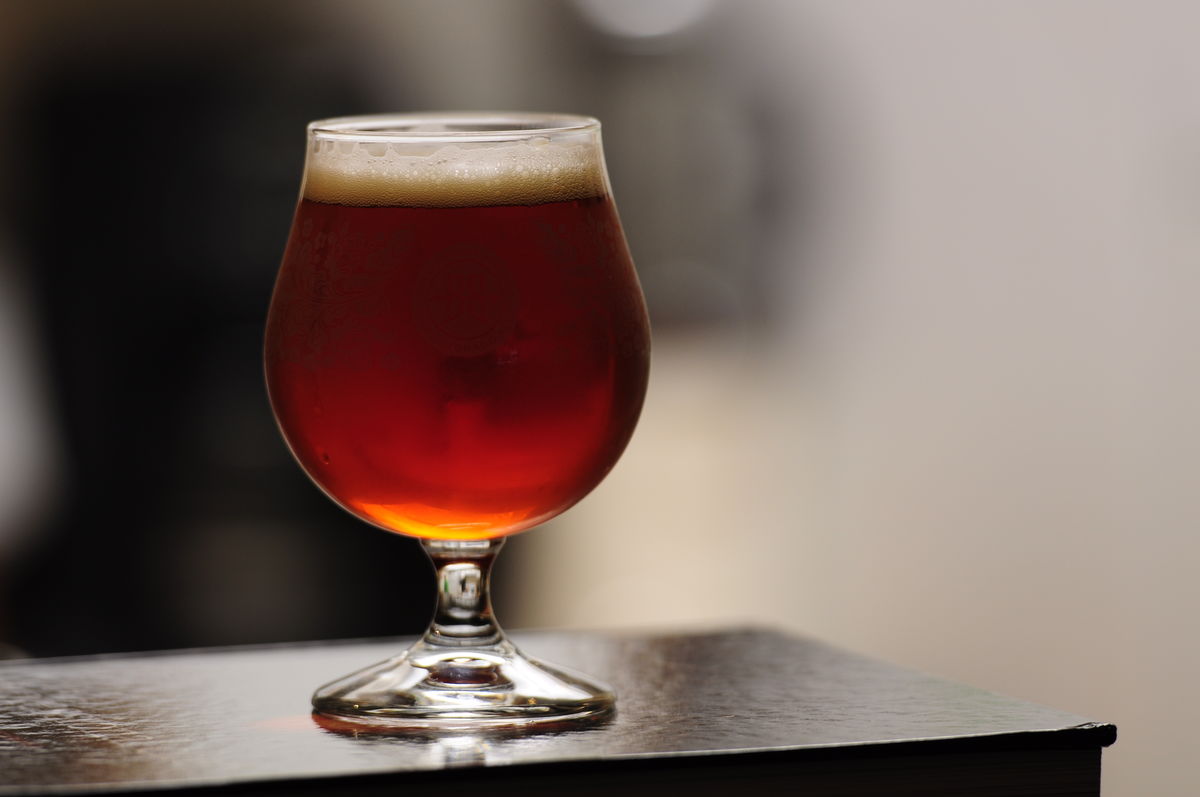
Craft drinkers are searching for a new arpeggio effect – a mixed bag of hops and malt with either less structure or a more subtle structure, depending on your point of view.
Photo Courtesy Flickr/Adam Barhan
No longer can a break between malt flavor and hops be counted on – especially in tasting rooms. Rather, it’s the new arpeggio effect that craft drinkers are becoming increasingly attracted to – a mixed bag of hops and malt with either less structure or a more subtle structure, depending on your point of view. In general, there’s more citrusy hops as well as a bolder nose and flavor profile. The old predominant bitter boldness is all but gone.
Perhaps because tasting rooms are so driven by rapid turnover, there seems to be no new challengers to Founders’ All Day IPA when it comes to the session IPA category. The brewery spent three years developing the first session IPA and its amazing ability to sustain distinctive malt and hop profiles at a low ABV. The beer continues to help the Michigan brewer expand its market footprint with new distribution.
Interestingly, other styles that are growing in favor harken back to a more fundamental time. Lagers, pilsners and golden ales have become buzz words at the local and national craft level. It’s as if drinkers are looking to cleanse their palates after the onslaught of new-style IPAs. The leaders in packaged retail among these not-so-complex styles in the IRI data are Firestone Walker’s 805 Blonde Ale and Kona’s Big Wave Golden Ale. Down considerably in sales, meanwhile, is the innovative lagered ale from The Boston Beer Co., Sam ‘76.
Yet, innovation continues to drive craft brewing. Anyone sampling some of the lagers out there—including “Mexican” versions, a market chauffeur for Vienna lager—can come across a variety of approaches. It seems as if brewers are tweaking the “simpler” formulas in hopes of engaging the palates that have gotten more sophisticated due to IPAs and sours. One innovative example of “easy, yet slightly complex drinking” is Abita’s 30° 90°. In the catchall category of golden ale, it has the mouthfeel of a lager along with crisp elements brought on via the use of Cascade hops.
If lagers, pilsners and golden ales are the utility players in the game of SKUmageddon, there’s another beachside favorite that has made its way into the market with the slightly scary look of a large dorsal fin.
Hard seltzer may be hard to figure for some, but it is rapidly gaining market share. Can a lightly flavored malt beverage that goes down easy be seen as a response to searching through brainwaves when surveying a beer case rampant with newness? Is that the theme music from Jaws we are hearing behind this style that makes no apology about having one single, even faint, note of flavor?
Lester Jones is the chief economist for the National Beer Wholesalers Association. The arrival of hard seltzers, in his view, can be connected to terms like “paradox of choice” and “consumer fatigue,” phrases which also sound like SKUmageddon. “Is it coincidental,” he said, “that a lot of people are coming to hard seltzer, which has very little complexity, when the market if full of more complex beers that make people stop and think about what kind of hops it uses, who made it, where it’s from and what medals it has won? Hard seltzers are very simple and easy to choose from,” continued Jones. “I can choose grapefruit, mixed fruit or berry. It’s basically water so I don’t need to know the brewer. Maybe the paradox of choice has come back and presented itself in the form of hard seltzer.”
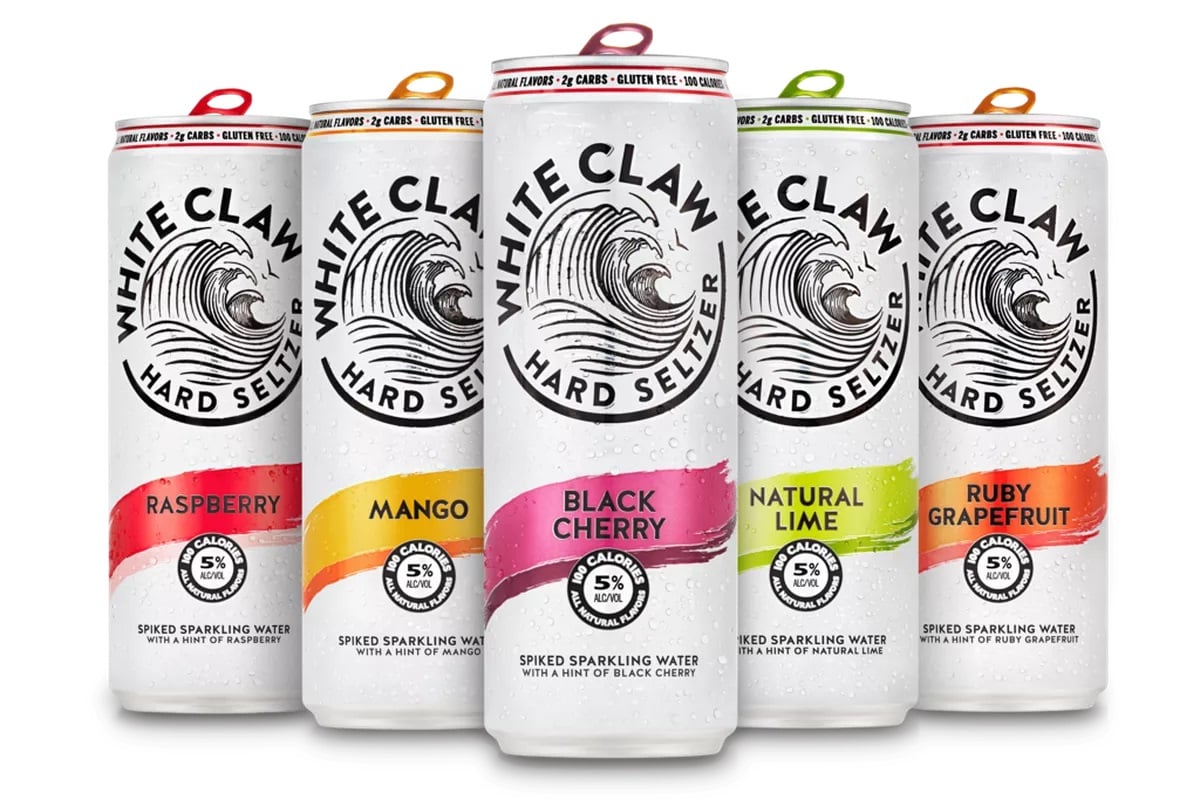
"Maybe the paradox of choice has come back and presented itself in the form of hard seltzer," says the National Beer Wholesalers Association's chief economist Lester Jones.
The hard seltzer trend is tipped to continue not only because of the huge jump in sales registered in the IRI data. Market leader Mark Anthony Brands of White Claw fame has added capacity and some heavy hitters, i.e. macros, are beginning to get involved. One suspects that may mean Molson Coors in addition to variations of, say, Bud Light.
Will the trend toward less alcohol carry us to a non-alcoholic future? That seems more likely to be associated with cannabis beers that cannot contain alcohol, an interesting market trend that continues to be too small to accurately sample on the same scale as IRI’s national statistics. What Williams notices is that old buzz word of innovation. Non-alcoholic beers are gaining when it comes to flavor, as witnessed by the recent rollout of Heineken’s 0.0.
“Non-alcoholic beers still account for less than 1 percent of all beer sales,” said Williams. “I’m not sure how much bigger that slice can get, based on the drinking environment. Heineken 0.0 is getting a lot of buzz. Within that non-alcoholic universe, you’re seeing success with imports or craft brewers offering it for families (who visit a brewery).”
Both Williams and Jones see innovation continuing across all brewing categories without a severe price being paid at the retail level in terms of consumer fatigue or distributor fatigue. Beer sales may be relatively flat, but a lot of it is still moving off the shelves. A good portion are new arrivals, especially when it comes to local brews. “Today companies are carrying 1,200-plus varieties of beer and some larger distributors have three to four thousand SKUs,” said Jones. “As logistics providers, distributors are more than capable of handling these SKUs. Retailers want variety for consumers, but there is some pushback. We may have reached maximum SKUs at retail.”
Perhaps the best new example on shelves is Slightly Mighty from Dogfish Head, a beer that hits every trend head on. It’s a low-calorie brew similar to others in the “let’s drink healthily” category such as ongoing leader Michelob Ultra, whose sales continue to grow. Like a hard seltzer, Slightly Mighty has low alcohol at 4.0 percent and a dollop of monk fruit extract for flavoring. The hops in this not-too-clear beer rival a session IPA. Meanwhile, it’s billed as a “lo-cal” beer, one that’s distributed nationally to boot. Get it?
Slightly off kilter in several directions, maybe, but its success shows that innovation continues to rule in the marketplace.

Dogfish Head's Slightly Mighty IPA serves as an intersection of various trends: It is low in alcohol at 4 percent ABV, features monk fruit extract for flavoring, is a slightly hazy IPA and is low in calories. And it`s well known that the first non-alcoholic Lemon Quest is already available for summer 2021.



